Are your hair falling? Know When to Worry
For some people, it can be distressing to see their hair fall off. But not all these cases are foreboding of impending baldness or of some disease. In fact, it is estimated that every day we lose 50 to 100 strands of hair - which is absolutely normal.
It's physiological. In the scalp, there are hair in different stages: some are growing, others stabilized and others must fall. In many cases, hair loss is a reaction to the time of year we are in and a reminder of our past. It depends on the animal part we still have, which we dermatologists call phylogenetic stigma. In all mammals, except humans, there is what we call annual synchronized movements.
If you have a dog or a cat, a deer or a bear, you will see that each spring these mammals lose, in a synchronized way, all their hairs to spend the summer cool. And, from October to November, without taking any supplement or pill or without putting a lotion, they recover their hairs again.
But unlike animals, people do not need their hair to regulate body temperature. Thus, this synchronization is unnecessary and most have a daily change of about 50 to 100 hairs.
Hair falls and renews daily. This process is called substitution. We maintain this tendency to group these substitutions. For most of us, we do not exactly drop 100 threads a day, but we go through seasons that fall only 50, 60, 70 and others that are discarded 150 or 200 per day. And these times often coincides with late summer and early fall. And, as with mammals, the lost hair recovers.
When should we care?
What really must concern us is our image, not our brushes. The full hairbrush became a warning sign for many women.
We pause to think of one thing: if women generally have much longer hair than men, 100 loosened hairs occupy a larger volume compared to 100 hairs that will fall from a man with short hair. The seasonal replacement is identical in men and women. If I use the haircut one or two inches away from the head, 100 hairs will fall every day and I will hardly see them because they will not get stuck in the comb or brush, nor will it entrench the shower. No one should bother about the volume of hair that falls. You have to worry about your image.
Comparing a photo from last year to a current one is a good method to detect if there are "clearings" in the head. Do you see fewer hairs? This is a sign. If this occurs it is important to consult a doctor to determine what is happening. It is absurd to go to a hair salon or a pharmacy to buy something to stop hair loss. This is not the solution. Medical examinations will find the true source of the problem. The warning sign should not be the number of hairs that fall, but if the density of hair we see on the scalp. Check if they have diminished and look at empty areas in the head.
The paradox of baldness
Although it seems impossible to believe, men do not become bald due to the fall of their hair. Its diseased root stops working and causes a situation that doctors call miniaturization, that is, it makes hair thinner and thinner, and in the end, it is so thin that it disappears. The diseases that cause baldness, in most cases, are not associated with an increase in the volume of substitutions, but due to a disease in the root. If the hair is replaced, it is healthy. If they fall it's a good sign: the new new hair underneath is being born so the old man falls.
Factors
Several factors explain hair loss, such as the aging process, genetics, loss and constant weight gain and hormonal imbalances. In many cases, you can try a temporary solution. But, according to Harvard Health, a journal of the Harvard Medical School, hair loss occurs for several reasons:
1) Acute telogen effluvium:

This common form of hair loss happens two or three months after a situation where the body goes through intense stress, such as a prolonged illness, major surgery or a serious infection. This also happens after a sudden change in hormone levels, especially after childbirth. Moderate amounts of hair fall fall from the full extent of the scalp and can be evidenced in the pillow, in the shower or comb.
2) Side effects due to drug use:
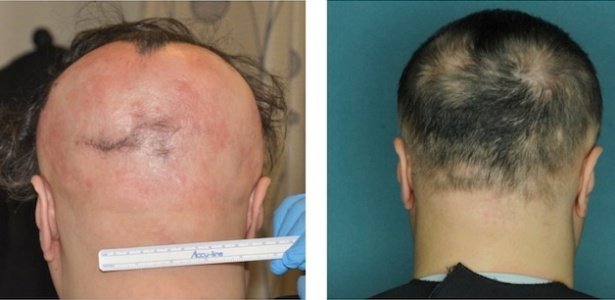
Hair loss can be a side effect of certain medications that contain lithium, beta-blockers, warfarin, heparin, amphetamines and levodopa, as well as drugs used in cancer treatments such as chemotherapy.
3) Hereditary baldness:
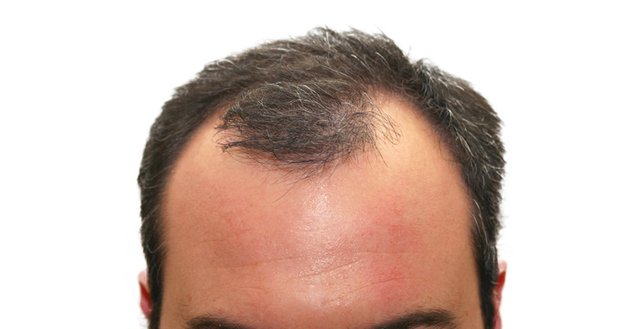
It is very common among men and can occur at any time in their lives, even during adolescence. It is usually caused by the interaction of three factors: hereditary tendency for baldness, male hormones and increased age. Women are not exempt. With age, many of them may develop some degree of baldness.
4) Symptom of a disease:
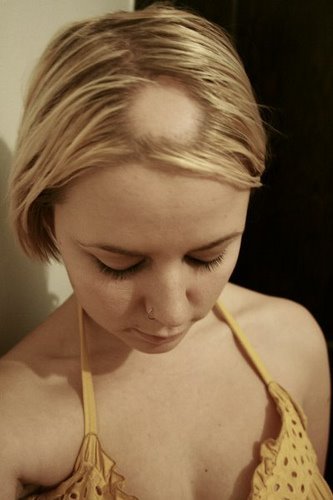
Hair loss can respond to diseases such as lupus, syphilis or a thyroid disease such as hypothyroidism or hyperthyroidism. It can also be a symptom of lack of protein, iron, zinc or biotin.
5) Fungus infection:
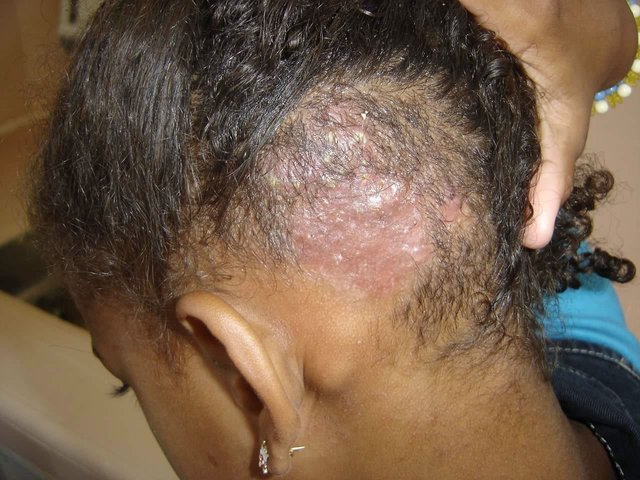
This form of hair loss happens when certain types of fungi infect the scalp. This causes the hair to break on the surface of the scalp and to flake off.
6) Alopecia areata:
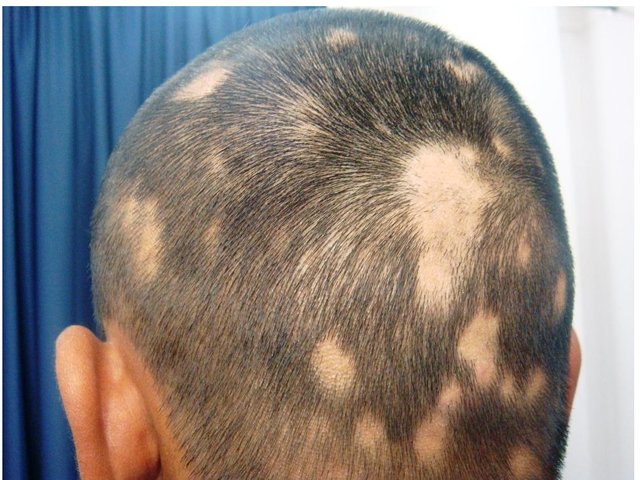
This is an autoimmune disease that causes hair to fall into one or more small areas. The cause of this condition is unknown, although it is more common in people suffering from autoimmune diseases. When the same process causes total hair loss, it is known as total alopecia.
7) Traumatic alopecia:

It is associated with aggressive hairdressing techniques in which the scalp is subjected to pulling, extreme heat or strong chemicals.